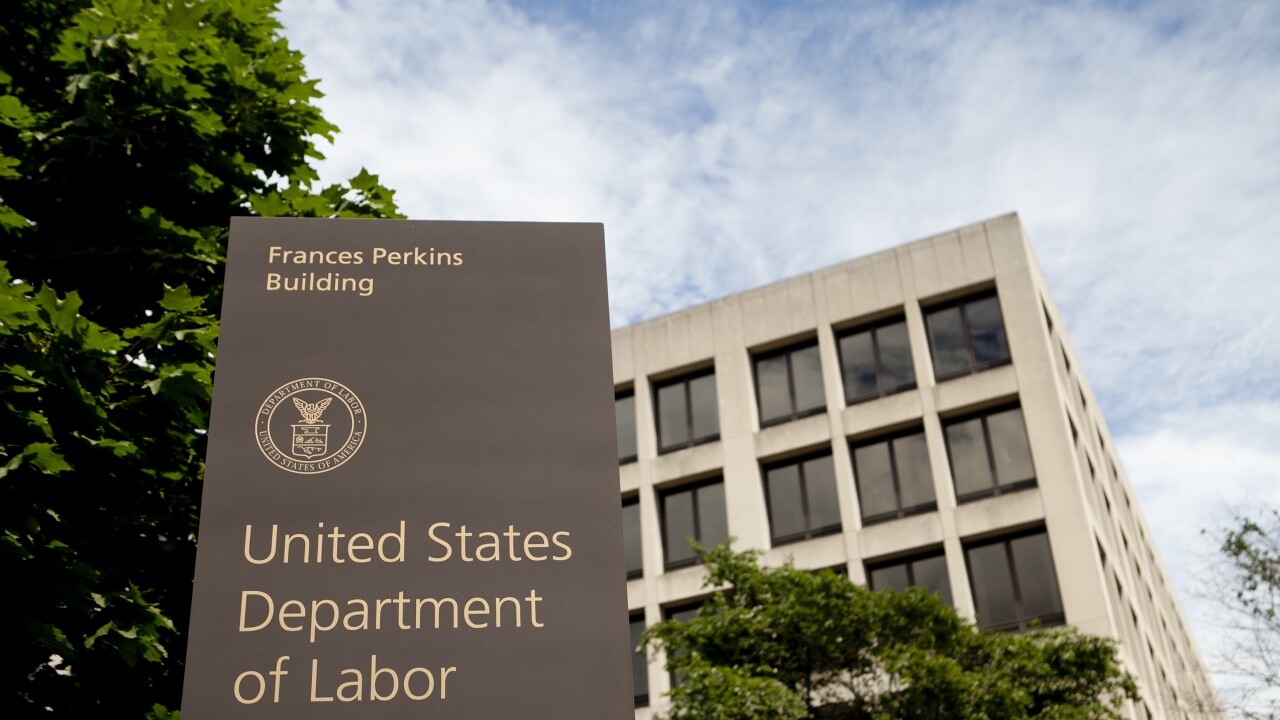A survey commissioned by the Republican National Committee has led the party to a glum conclusion regarding President Donald Trump’s signature legislative achievement: Voters overwhelmingly believe his tax overhaul helps the wealthy instead of average Americans.
By a 2-to-1 margin — 61 percent to 30 percent — respondents said the law benefits “large corporations and rich Americans” over “middle class families,” according to the survey, which was completed on Sept. 2 by the GOP firm Public Opinion Strategies and obtained by Bloomberg News.
The result was fueled by self-identified independent voters who said by a 36-point margin that large corporations and rich Americans benefit more from the tax law — a result that was even more lopsided among Democrats. Republican voters said by a 38-point margin that the middle class benefits more.

When it comes to approval for the tax overhaul, American voters remain torn — 44 percent favor it and 45 percent oppose it.
“Voters are evenly divided on the Tax Cuts and Jobs Act,” the RNC-commissioned report said. “But, we’ve lost the messaging battle on the issue.”
The tax law slashed the corporate tax rate permanently to 21 percent from 35 percent. It also reduced individual tax rates, doubled the standard deduction, eliminated or capped some itemized deductions, most notably for state and local taxes, and created a special break for pass-through businesses like partnerships until the end of 2025. That year, 25 percent of the gains will go to the top 1 percent while 66 percent of the benefits will go to the top one-fifth of earners, according to an analysis from the Urban-Brookings Tax Policy Center.
Taxes are reduced on average for all quintiles of Americans through 2025, although some would pay more due to the limitation of tax deductions. By 2027, after the individual changes have sunset, 83 percent of the benefits will go to the top 1 percent.
Trump signed the law on Dec. 22, after it passed Congress without a single Democratic vote.
The RNC study says Americans worry the tax law will lead to cuts in Social Security and Medicare, concluding that “most voters believe that the GOP wants to cut back on these programs in order to provide tax breaks for corporations and the wealthy.” It attributes that finding to “a fairly disciplined Democrat attack against the recent tax cuts.”
Tax Cuts 2.0
Still, Republican leaders continue to try to sell the law. They’re planning on holding a floor vote in the House next week for a second phase of tax changes that would make the individual changes permanent. Since it has a slim chance of passing the Senate, the effort is seen as a political messaging tool to remind voters of the cuts and force Democrats to take an uncomfortable vote against tax relief for middle-class Americans.
“We promised more jobs, fairer taxes, and bigger paychecks. And we delivered on that promise,” House Speaker Paul Ryan’s office said in an email, adding that Americans are “better off now” under the tax changes.
A spokeswoman for the RNC didn’t immediately respond to a request for comment.
The GOP poll comes nine months after party leaders voiced high hopes that the tax law would benefit them politically in the midterm elections on Nov. 6, when control of Congress will be up for grabs.
“If we can’t sell this to the American people, we ought to go into another line of work,” Senate Majority Leader Mitch McConnell said in December, after his chamber approved the legislation.





